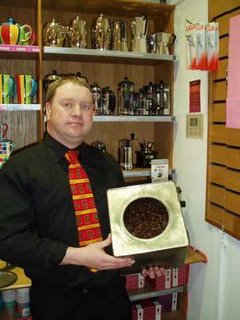Grow Old With Me.

“Grow old along with me! The best is yet to be” Robert Browning
I received an email last week from someone who I sent a bottle of wine to as a ‘thank you’ gift. With the bottle of wine I sent a note about how long the bottle could best be kept for. The recipient of that bottle was pleasantly surprised by my gift and was glad that I was one of those rare people who still believed in storing for the future. He said in the email that ‘l was recently told that people 'buy for today' - in a rush probably, and don't think ahead. Well l do!!!!’
To me there is something special about buying wine that I know may have good aging potential; but I don’t just buy one bottle, instead I will get half a dozen of the same type to see how well it ages over the years. Some people will tell you that wine will just get better as it gets older but this is not the truth. Instead you need to find its peak age as most wines will, over a period of years, go up and down in quality until they fall into the ‘kept too long’ category. Although the wine may still be drinkable when kept too long, better than fresh supermarket plonk, at least I’ve had the chance to try it at its prime.
Aging coffee is a little different to that of the keeping and cellaring of fine wine. With coffee it starts and finishes with the green beans, so as a consumer I don’t have any control over the ageing process as I do with wine. As green beans age, their characteristics change. If stored in a cool dark place, they will change very little over the course of years, at most losing some acidity.
Coffee beans stored in warehouses located in hot tropical port cities, however, can change in flavour quickly and dramatically. One of India’s most famous coffees is Monsoon Malabar. This coffee bean is left exposed for three to four months in open-sided warehouses to the humid winds of the monsoon. The process causes the bean to swell and yellow, which fattens the body, and reduces the acidity. “Monsooning” was originally devised by Indian exporters to produce a cup similar to Old Brown Java coffees, which were similarly transformed in taste by the exposure to salt air and humidity in the hulls of wooden sailing ships on the trip from Java to Europe.
So with all the modern transport options available to us today, some coffee producers still understand the need to age their beans. The benefit of time and having a lot of patience often pays off when you live for a cup of the best. Be it coffee or wine I can wait.



0 Comments:
Post a Comment
<< Home